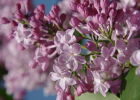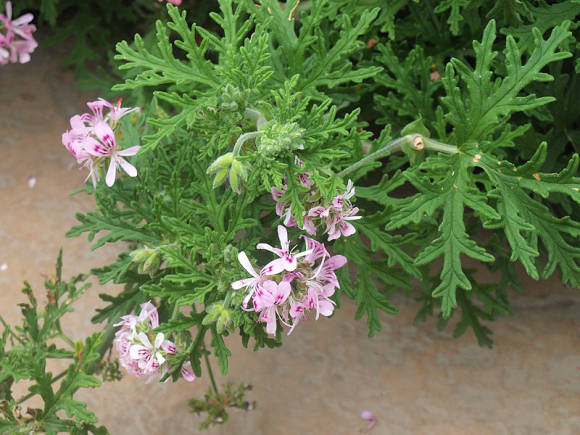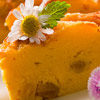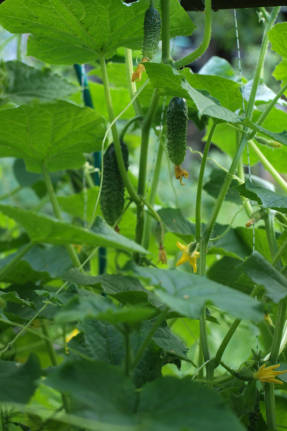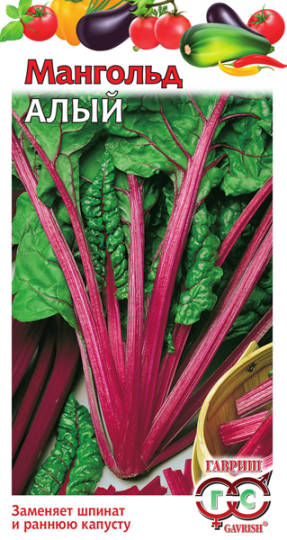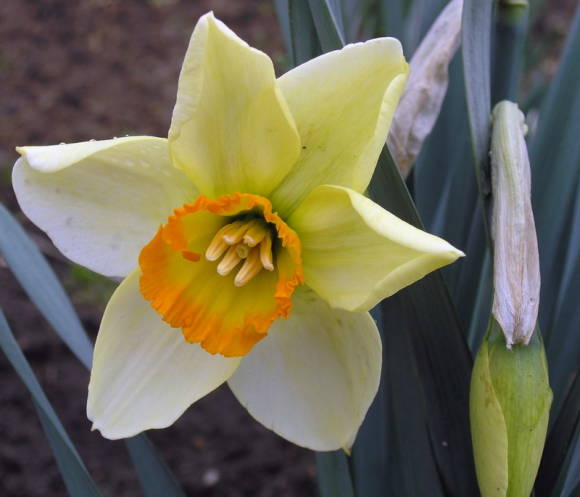Uvulyaria is still a rare guest on our sites; it appeared on the territory of Russia only at the end of the twentieth century. Native to the deciduous forests in eastern North America, this stranger prefers shady or semi-shady places, which makes its prospects in our gardens very bright, since there are enough shady places both in parks and in local areas, and find decorative plants for a long time for places like this are not easy.
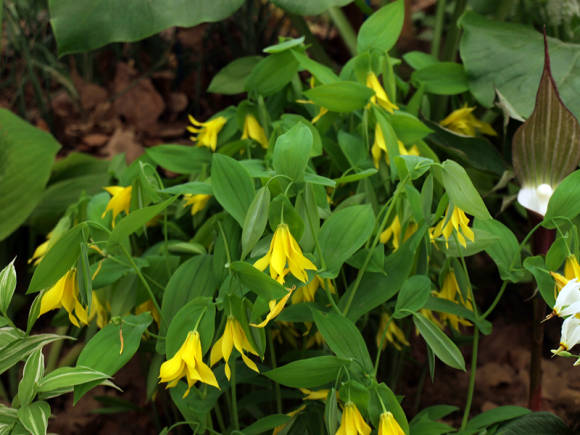
Uvularia (Uvularia) - a genus of perennial herbaceous plants from the Colorado family (Colchicaceae)... In total, the genus of uvularia includes 5 species. In our gardens so far only 2 of them have been "registered" - large-flowered uvularia and pierced-leaved uvularia.
Uvularia reaches a height of 30-60 cm. It blooms in spring, and pleases with its flowering for about a month. Depending on the species, the flowers in the shape of drooping bells of six petals are odorless or have a subtle pleasant aroma, the color of the flower can be yellow or yellow-green.
This genus got its name from Latin uvula - "soft palate", for the presence of a pinkish speck in the neck of the flower.
The plant is decorative and has medicinal properties.
Uvularia large-flowered (Uvularia grandiflora) - the most attractive species of this genus, with numerous stems 40-50 cm high, with smooth light green leaves, during the flowering period it is decorated with bright yellow flowers up to 4 cm long.In the conditions of central Russia, the large-flowered uvularia blooms in the first half of May. Flowering lasts for 3 weeks. An unexpected piquancy to this plant during the flowering period is given by the fact that the leaves of the uvularia at this time are not yet fully expanded, giving the bushes a very exotic look.

Uvularia pierced-leaved(Uvularia perfoliata) tends to quickly form thickets under favorable conditions. Its stems are thinner than those of the large-flowered uvularia, the stems form a lush bush, the flowers are smaller and paler yellow in color, flowering usually begins in mid-May.
Uvularia sessile (Uvularia sessilifolia), like her two closest relatives, has natural grace, she cannot boast of height, her height is about 30 cm, but her pale ivory flowers have a pleasant delicate aroma. Flowering also lasts 20-25 days.
Growing uvularia
As forest plants, all uvularia prefer shade or partial shade. Soils are preferable rich, fertile, without excessive moisture, with a neutral or slightly acidic reaction.
They require regular watering, the soil under the bush should be constantly moist, but uvularia cannot stand moisture stagnation. Soil mulching is very beneficial. In the second half of summer, the plant tolerates dry soil better.
In the spring and during planting, organic fertilizers must be applied in the form of mulch. After that, the soil under the bushes must be well loosened. With the beginning of active growth and until the end of flowering, apply complex mineral fertilizers 2 times a month.
When planting plants, a distance between specimens of at least 30 cm should be maintained. Uvularia can grow in one place for many years, turning into a powerful and lush bush over the years. And although this plant tolerates a transplant normally, it should not be injured without special need.
Uvularia are winter-hardy without shelter, but in case of a snowless winter, it is advisable to sprinkle them with dry foliage.
Due to living in a humid environment, uvularia can be damaged by slugs and snails.

Reproduction of uvularia
Uvularia gives few seeds, so it is usually propagated by dividing the bush. It is best to divide in early spring, although you can also at the end of August.
Compost is added to the soil before planting. Part of the rhizome with at least one bud of renewal is planted immediately to a permanent place, at a distance of about 30 cm from each other. When planting, the cut is deepened by no more than 3 cm.Delenki are watered abundantly before rooting.
Landscape use
Uvularia has high decorative qualities. Its lush bushes with delicate pubescent leaves are indispensable for decorating shady places in gardens and parks. During flowering, its yellowish drooping bells remarkably "highlight" the shady corners. And after flowering until late autumn, uvularia bushes adorn the garden.
Uvularia are wonderful curb plants and also a spectacular element of mixed shady flower beds. Their place is definitely in the foreground, where all their unusual charm and natural grace will be seen.
They are good in the vicinity of hosts, ferns, purple-leaved barberries, aquilegia and other shade-tolerant plants. Evergreen neighbors will also help to present uvularia in all their glory.
Also, this plant will look harmoniously among stones in rockeries, next to medium-sized forms of conifers, for example, juniper or cypress.
And for the decorative design of the banks of a small reservoir in the uvularia garden - a very successful find.
